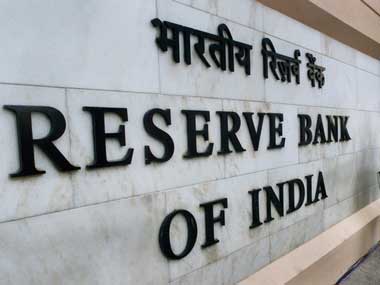The most recent debate has been on the independence of the central bank. This is relevant because theoretically every central bank has to be free as it is the duty of the monetary authority to ensure that there is stability in the system and there are no compromises on regulation. The objective of the government is to ensure that the economy grows and in a way becomes the lobbyist for the productive organs of the country.
The central bank is not a part of the government and is agnostic to political agendas but has to function within the realm of the government. Therefore, it has to be open to discussion with the government but should not alter its stance on the basis of such recommendations.
Now in economics, there are always two views on everything and that is why the now clichéd concept of a single-handed economist is still hard to find. The reason is that, for example, there are compelling arguments on whether interest rates should be increased or lowered, and hence both moves are acceptable on strong theoretical grounds. It is keeping these ground rules that the recent pointers made by the Reserve Bank of India (RBI) deputy governor can be evaluated. It has long been believed that the non-performing assets (NPA) problem was in need of a resolution mechanism and once the February notification of 180 days was put in place it appeared that there was something going on. But six months down the line, the government has taken the stance that power companies should be exempted from the same as this would mean retardation in growth. The RBI has stood its ground, for if any such allowance was made, the same could be used as a precedent to make adjustments for other industries thus diluting the idea. This was probably one place where the RBI had a valid stance. [caption id=“attachment_5129811” align=“alignleft” width=“380”]  Representational image. Reuters.[/caption] Next, on the issue of control of public sector banks (PSBs), the central bank is unable to do what it has done for private banks especially on governance issues as this is where the problem is founded. This makes fixing the PSB system difficult. Also, in the past, when some private banks were down under, the RBI stepped in and looked for solutions in the form of mergers which cannot be done for the public sector banks as the authority is with the government. Therefore, what would be acceptable in case of say a Global Trust Bank will not be okay for a PSB which is in deep trouble. Or take the case of the banks under PCA (prompt corrective action) whereby they are not allowed to lend until they get their houses in order. When it was introduced, everyone clapped as this was felt to be the only way out to make the weakest banks stronger. Allowing banks with low capital and high NPAs to continue to lend would have exacerbated the situation. But today the call from the government is to relax the PCA norms so as to allow the banks to lend given that there are some liquidity issues in the system and 11 banks being in the PCA basket.
Should the RBI compromise the rules of the game and allow these banks to do some lending? It is more like lowering the pass mark in an exam to get more students to pass to the next grade when they are not fit and proper.
Interestingly, also at this stage, it has been observed that when the RBI has been trying to take more parts of the financial system under its ambit to ensure that the inter-linkages with banks are cemented; the government has spoken of having an independent payments regulator. This would once again diminish the power of the central bank and also make the reins that it holds weaker. All payments in the system finally get routed through banks and this helps in controlling money supply and hence makes policy effective. By getting in another entity, the RBI will lose another degree of freedom in controlling what it is supposed to do. It would be of interest to know whether or not this finally happens. And last, there is always acrimonious statements made by members of the Niti Ayog or PMEAC on interest rates with the RBI being blamed for not lowering interest rates and not having a grip on the concept of inflation. This is clearly a case of the government pushing for growth by lowering interest rates (even though the link between the two has never been proved with the last few years up to March 2018 revealing that such a link is weak). This is notwithstanding the fact that inflation targeting was given to the MPC by statute under legislation and that the committee has three nominees from outside. So clearly it has not been the RBI’s view that has prevailed but that of the committee of experts appointed by the government. While having a continuous debate is healthy as it makes both sides more cognizant of issues, it is essential to maintain the independence of the central bank. The Bank is as such helpless when the concept of credit is vitiated when there are waivers announced or attempts made to forgive default in the context of the NPA resolution notification. It gives a perverse incentive to not repay loans with political backing being in the shadow. In fact, with elections being almost an annual feature in different states, there will always be political goodies to be announced. To maintain sanity, the central bank should be left alone. That would make the system work with less extraneous pressure. (The writer is Chief Economist, CARE Ratings; and author of Economics of India: How to fool all people for all times)


)

)
)
)
)
)
)
)
)



